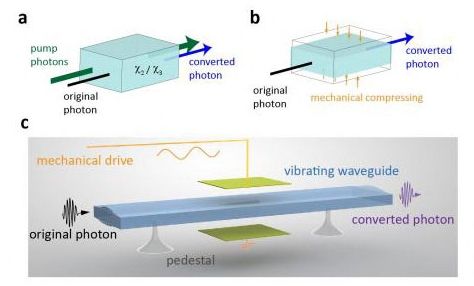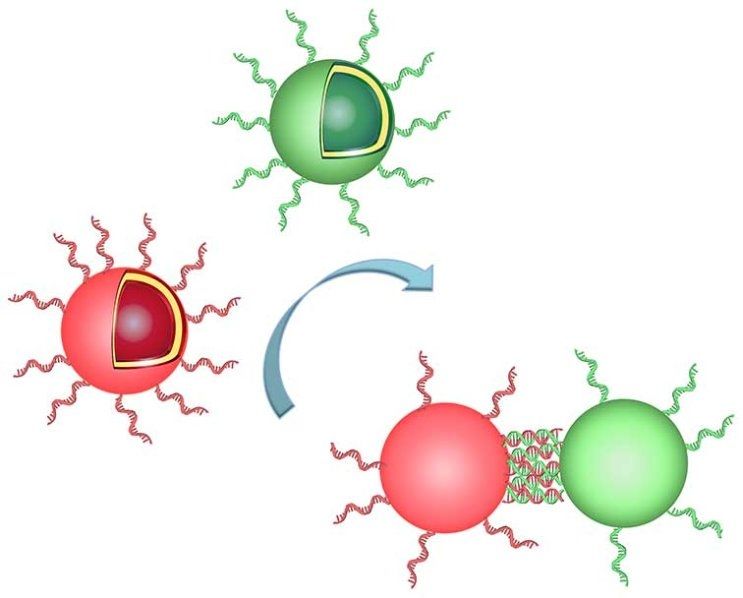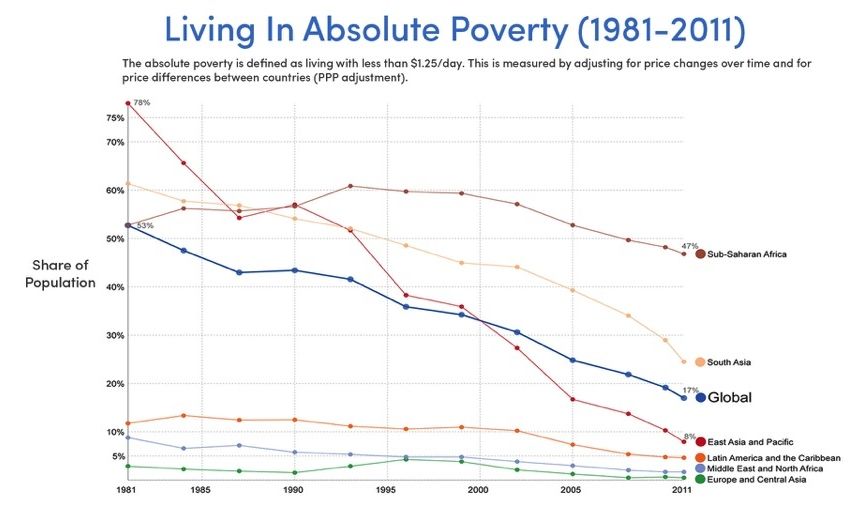Nov 2, 2016
Yale Engineers Advance Quantum Technology With Photon Control
Posted by Karen Hurst in categories: computing, engineering, quantum physics
Engineers from Yale University have developed a new technique to control the frequency of single photons.
The ability to control the frequency of single photons is crucial to realize the potential of quantum communications and quantum computing. The current methods for changing photon frequency, however, bring with them significant drawbacks.
Researchers in the lab of Hong Tang, the Llewellyn West Jones, Jr. Professor of Electrical Engineering & Physics, have developed a technique that avoids these obstacles. The results of their work are published today in Nature Photonics. Linran Fan, a Ph.D. student in Tang’s lab, is the lead author.
Continue reading “Yale Engineers Advance Quantum Technology With Photon Control” »

















